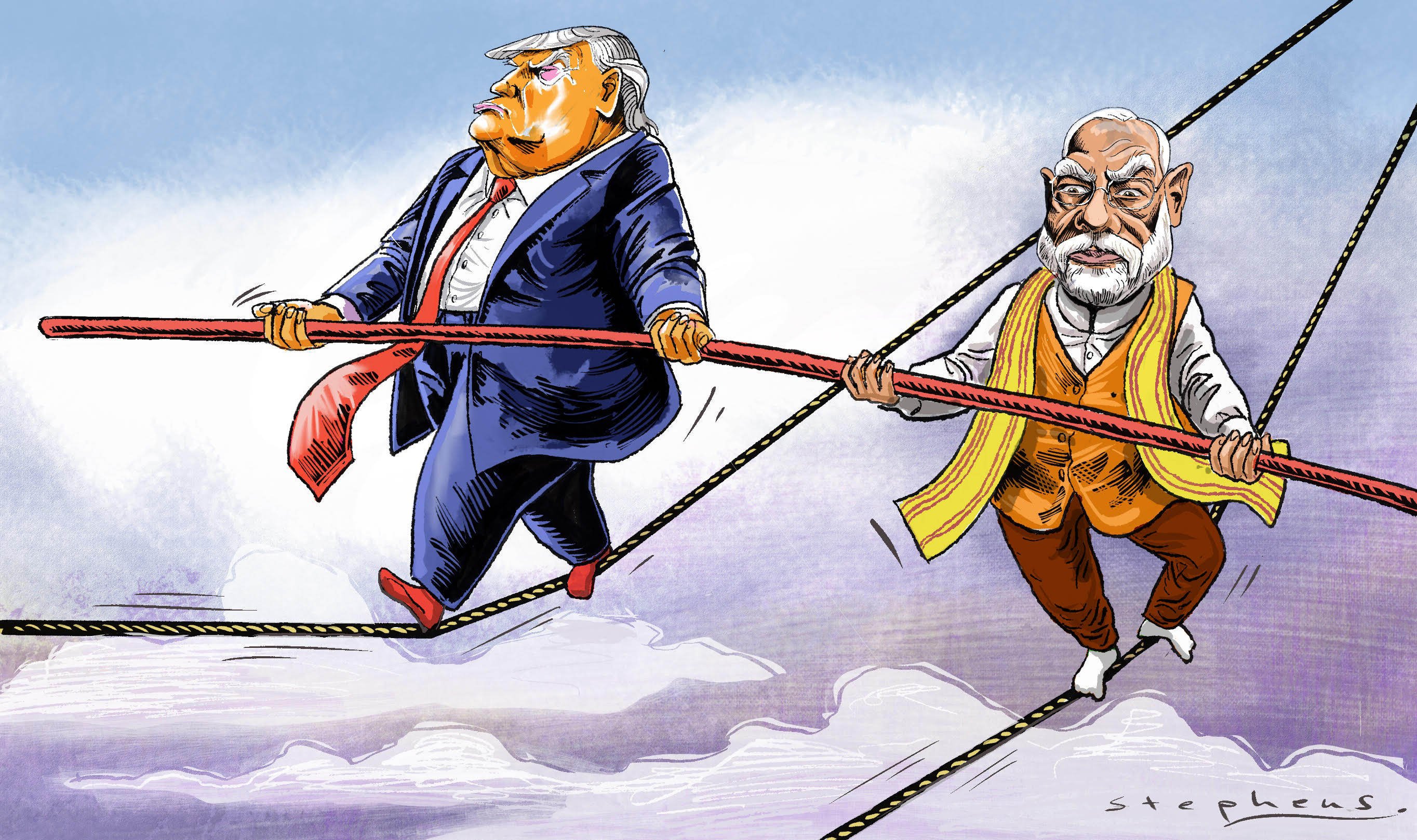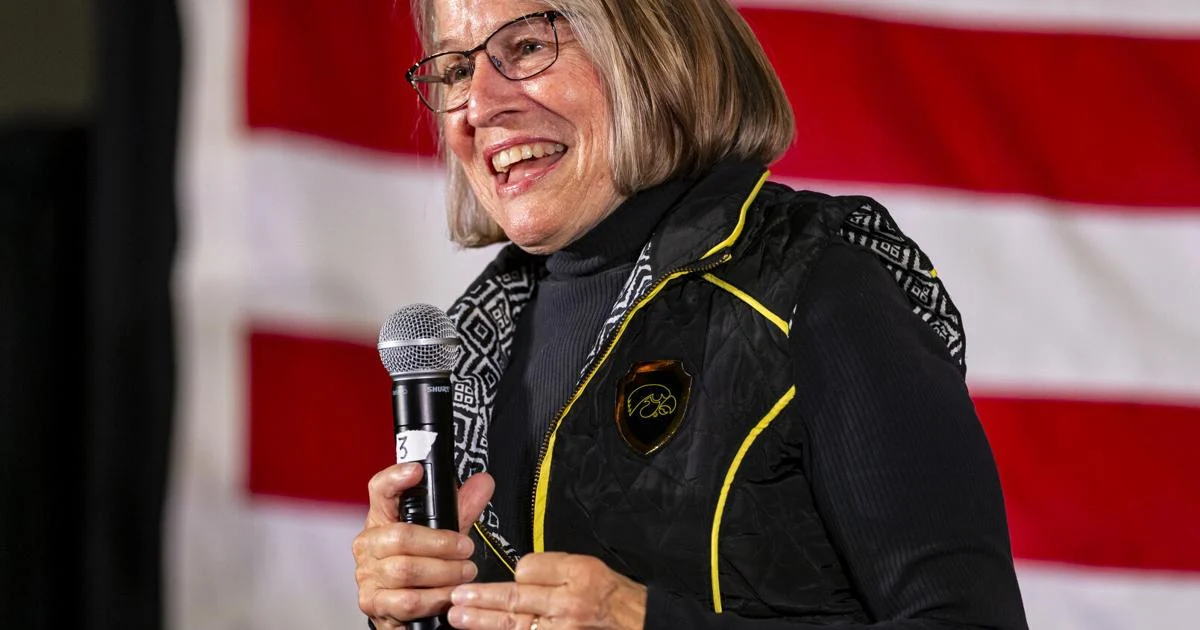Copyright scmp

The year began with promise for US-India relations. Indian Prime Minister Narendra Modi’s visit to Washington reinforced both countries’ intent to sustain the partnership’s momentum. Their personal rapport, forged during US President Donald Trump’s first term, appeared to offer political capital for a results-driven agenda. India entered 2025 buoyed by a bipartisan consensus in Washington that New Delhi was central to the Indo-Pacific balance. Yet as the year closes, optimism has faded. A long-promised trade deal remains elusive, leadership-level dialogue has slowed and rhetoric has hardened. The US-India relationship is not yet in crisis, but its trajectory is uncertain. This year has revealed the need for personality-driven diplomacy to be anchored by steadier institutional ballast. India began 2025 pragmatically by responding to Washington’s renewed focus on trade deficits. A February Modi-Trump meeting produced “Mission 500”, a plan to expand bilateral trade to US$500 billion by 2030. But momentum faltered in April when Washington imposed a 26 per cent reciprocal tariff on Indian exports. As negotiations continued, the structural gap between India’s cautious protectionism and Washington’s market-access priorities kept the two sides from clinching a deal. Trade friction deepened when geopolitics intruded. In May, the India-Pakistan conflict ended in a ceasefire, which Islamabad credited to US mediation while New Delhi dismissed any third-party involvement. Trump has since continued to champion Washington’s decisive intervention, suggesting the threat of US trade penalties helped calm tensions. For India, this revived sensitivities about external interference and exposed how divergent narratives complicate trust. While US Secretary of State Marco Rubio recently reaffirmed that cooperation with Pakistan would not come at India’s expense, Washington’s warming towards Islamabad remains closely watched in New Delhi. In August, another blow to the relationship came as the United States introduced an additional 25 per cent tariff on Indian exports, arguing that purchases of discounted Russian oil indirectly funded Moscow’s war effort. New Delhi viewed the move as punitive but chose restraint, neither retaliating nor reducing oil imports. For India, domestic politics made a public climbdown difficult, and its commitment to strategic autonomy left little room for policy reversal. September then saw Trump announce a H-1B visa fee hike, disproportionately affecting Indian professionals and widening the trust deficit. Even though Washington hosted two meetings of foreign ministers from the Quadrilateral Security Dialogue this year – a group comprising the US, India, Japan and Australia – plans for a summit in New Delhi before the end of the year remain ambiguous. The Trump administration’s foreign policy bandwidth has narrowed as it concentrates on ending the wars in Ukraine and Gaza, causing the Indo-Pacific, once a top priority, to slip down the list. For New Delhi, this is yet another reminder that US attention, though deep, is not infinite. While Washington has tightened its economic stance, India has sought to preserve room for manoeuvre. Both Indian National Security Adviser Ajit Doval and External Affairs Minister Subrahmanyam Jaishankar visited Moscow in August, the latter reaffirming the India-Russia partnership as among the “steadiest of the major relationships”. Later, Modi’s attendance at the Shanghai Cooperation Organisation summit in China, his first visit to the country in seven years, was less a realignment than an exercise in balance. India has aimed to lower regional temperatures, manage China ties and retain strategic flexibility amid US policy uncertainty. Washington has read this with concern, but for New Delhi, diversification is pragmatic statecraft. China is India’s largest neighbour and second-largest trading partner. Stabilising border and economic relations with China, even cautiously, makes sense. As trade talks resumed, by autumn, a leadership-level dialogue had become essential. The Association of Southeast Asian Nations summit in Malaysia offered an opportunity for a sideline meeting but hopes faded when Modi opted to attend virtually. A meeting between Jaishankar and Rubio produced limited progress. New US sanctions on major Russian oil companies have complicated India’s oil-import structure. With most of its Russian supply originating from sanctioned entities, India will need to rely on intermediaries or alternative mechanisms to maintain imports, though this will risk renewed friction with Washington. A more constructive path could be to institutionalise a bilateral dialogue on energy and sanctions. Expanding US-India energy trade could turn this source of strain into a shared strategic interest. Despite headwinds, the partnership fundamentals remain resilient. Defence and technological cooperation has shown growth, and the Quadrilateral Security Dialogue still offers a platform for functional cooperation in supply chains, infrastructure and critical minerals. What it needs is policy regularity and leadership will. Figures like Rubio, who has taken ownership of the Quad’s agenda, show institutional depth in Washington still exists to sustain progress. Neither Washington nor New Delhi can afford strategic complacency. China’s influence is expanding, Russia is seeking new markets and equilibrium in the Indo-Pacific depends on steady coordination among major democratic powers. When the US and India act in concert, they add predictability to Asia’s order; when they diverge, uncertainty multiplies. India will need to interpret US policy objectives correctly and adapt accordingly. The Trump administration’s approach privileges immediate returns, domestic optics and commercial reciprocity over long-term strategic patience. What matters is demonstrable value and visible flexibility, and trade and energy remain the best test cases for this. By selectively easing non-tariff barriers and diversifying its energy imports, India can project flexibility and reinforce its image as a dependable partner for Washington. This would carry weight especially as US-China frictions moderate. The year’s turbulence need not define what has mostly been a decade of progress for the US-India relationship. The task ahead is to move from managing friction to managing strategy, and in doing so, reaffirm the relationship’s role as a cornerstone of Asia’s evolving order.



